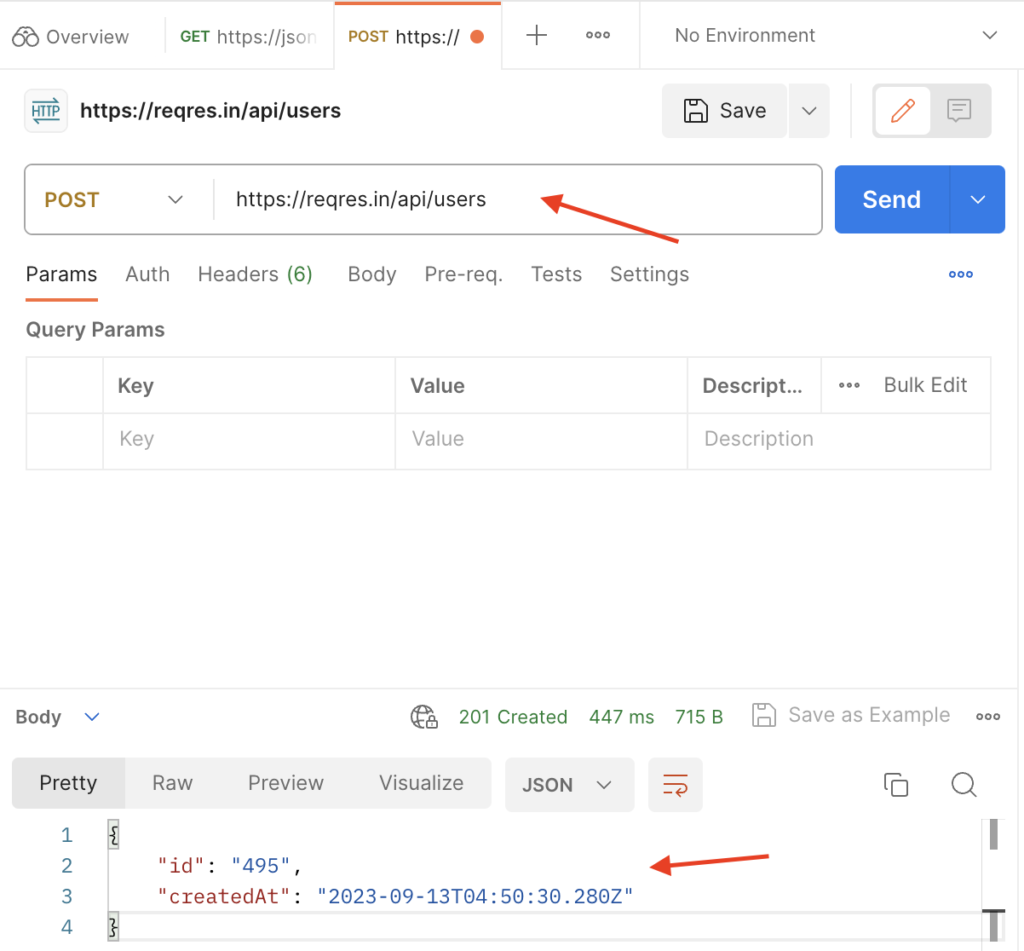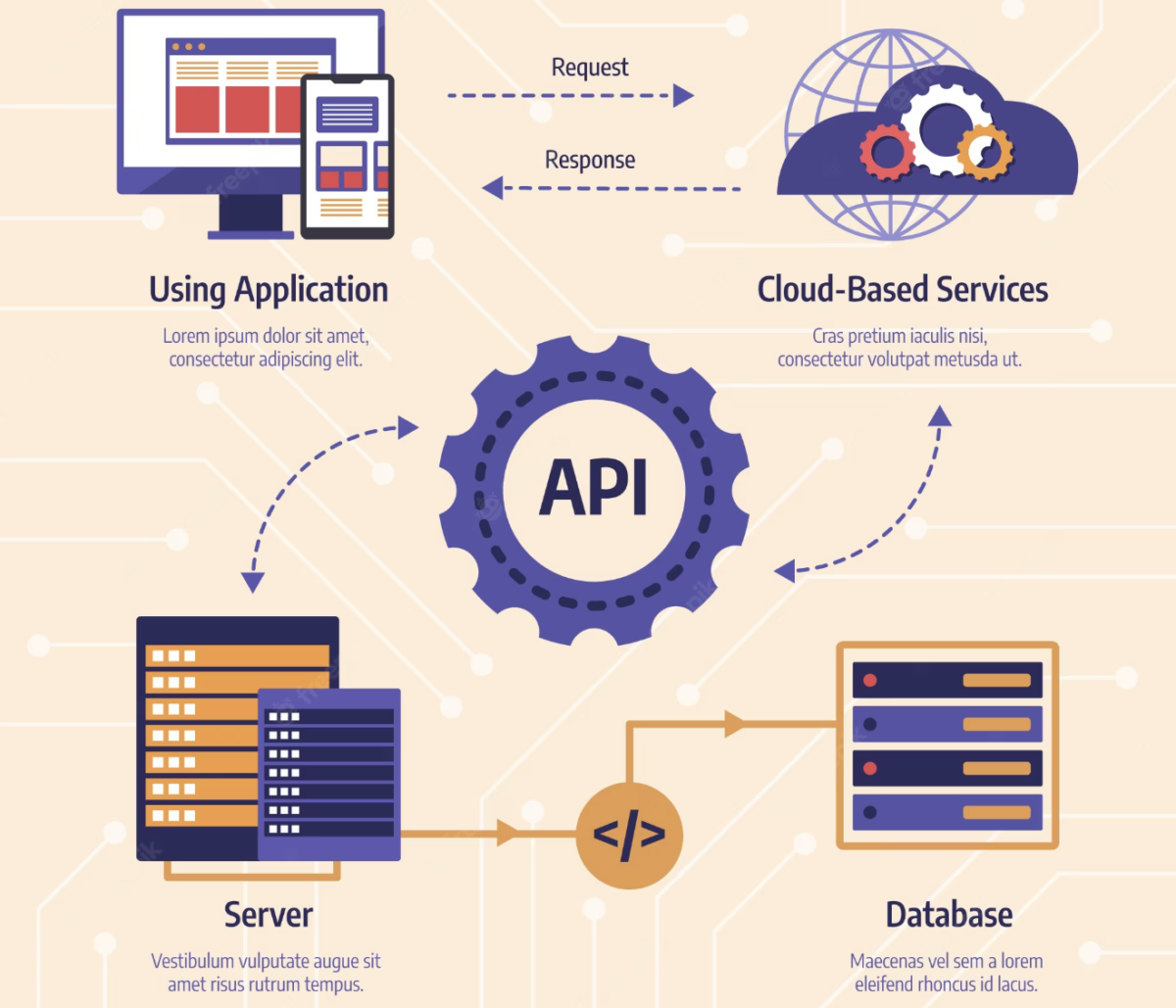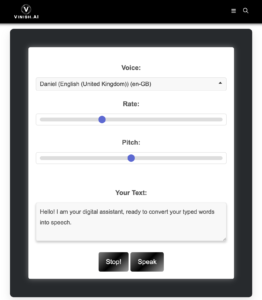In today’s interconnected world, where data sharing and integration are essential for seamless communication between applications, the role of Web API protocols cannot be overstated. Web API, or Application Programming Interface, is a set of rules and protocols that allow different software applications to communicate with each other. It acts as a bridge, enabling the exchange of data and functionality between systems, regardless of their underlying technologies or programming languages.
Understanding the basics of protocols
Before delving into the specifics of Web API protocols, it is important to understand the fundamentals of protocols in general. In the context of computer networks and communication, a protocol is a set of rules that governs the format, timing, and sequence of messages exchanged between two or more entities. It ensures that the communication is standardized, efficient, and error-free. In simpler terms, a protocol defines how data should be transmitted, received, and interpreted.
The role of Web API protocol in web development
In the realm of web development, Web API protocols play a crucial role in facilitating the interaction between web servers and client applications. They define the rules and conventions for requesting and receiving data from a web server using standardized methods and formats. By adhering to these protocols, developers can create web applications that can seamlessly communicate with other systems, access data from external sources, and provide services to other applications.
Different types of Web API protocols
There are various types of Web API protocols, each serving a specific purpose and catering to different needs. Some of the commonly used protocols include:
- REST (Representational State Transfer): REST is an architectural style that uses standard HTTP methods like GET, POST, PUT, and DELETE to interact with resources. It relies on the principles of statelessness and resource identification through URLs.
- SOAP (Simple Object Access Protocol): SOAP is a protocol that allows applications to communicate over the internet using XML messages. It provides a standardized way of defining the structure and format of the messages exchanged between systems.
- GraphQL: GraphQL is a query language and runtime for APIs that enables clients to specify the exact data they need and receive that data in a single request. It provides more flexibility compared to traditional REST APIs by allowing clients to request only the required fields and eliminating over-fetching and under-fetching of data.
Commonly used Web API protocols
Among the various Web API protocols available, some have gained significant popularity and widespread adoption in the web development community. These protocols have proven to be reliable, efficient, and well-suited for different use cases. Here are a few commonly used Web API protocols:
- HTTP (Hypertext Transfer Protocol): HTTP is the foundation of modern web communication. It is a protocol that defines how messages are formatted and transmitted between web servers and clients. Most Web API protocols, including REST and SOAP, are built on top of HTTP.
- JSON-RPC (Remote Procedure Call): JSON-RPC is a lightweight protocol that allows remote procedure calls using JSON as the data format. It provides a simple and efficient way of invoking methods on remote servers and receiving responses.
- OData (Open Data Protocol): OData is a protocol that enables the creation and consumption of RESTful APIs. It provides a standard way of querying and manipulating data using URL conventions and supports various data formats like JSON and XML.
How Web API Protocols Work with a Practical Example
Web API protocols work by defining a set of rules and conventions that both the client and server applications must adhere to. These rules specify how requests should be structured, how responses should be formatted, and how errors should be handled. When a client application wants to interact with a server through an API, it sends a request using the specified protocol, along with any required parameters or data. The server processes the request, performs the necessary operations, and sends back a response, again following the rules of the protocol. Below is an example of HTTP protocol:
HTTP Protocol Example
HTTP Request:
- Method: POST
- URL:
https://reqres.in/api/users - Headers:
- Content-Type: application/json
- Body: Raw JSON (Request Payload)
Output:
{
"id": "495",
"createdAt": "2023-09-13T04:50:30.280Z"
}Postman Testing Output:

Benefits of using Web API protocols
Using Web API protocols brings numerous benefits to web development projects. Some of the key advantages include:
- Interoperability: Web API protocols provide a standardized way of communication, making it easier for different applications and systems to interact with each other regardless of their underlying technologies.
- Scalability: By using Web API protocols, developers can build scalable systems that can handle a large number of simultaneous requests and easily integrate with other applications as the need arises.
- Reusability: Web API protocols allow developers to create APIs that can be reused across multiple applications, reducing development time and effort.
- Security: Many Web API protocols include built-in security mechanisms, such as encryption and authentication, ensuring that data is transmitted securely over the network.
Challenges and limitations of Web API protocols
While Web API protocols offer numerous benefits, they also come with their own set of challenges and limitations. Some of the common challenges include:
- Complexity: Implementing and managing Web API protocols can be complex, especially when dealing with protocols that have numerous specifications and requirements.
- Performance: Depending on the specific protocol and its implementation, Web API protocols can introduce additional overhead and impact the performance of the system.
- Versioning and backward compatibility: As APIs evolve and new versions are released, maintaining backward compatibility and handling versioning can be challenging, especially when different clients are using different versions of the API.
Best practices for implementing Web API protocols
To ensure the successful implementation of Web API protocols, it is important to follow certain best practices. These practices can help improve the reliability, security, and performance of the APIs. Here are a few best practices to consider:
- Use HTTPS: Always use HTTPS instead of HTTP to ensure secure communication between the client and server.
- Implement authentication and authorization: Protect your APIs by implementing authentication mechanisms, such as API keys or OAuth, to verify the identity of the clients and restrict access to authorized users.
- Design APIs with simplicity in mind: Keep your APIs simple and intuitive, following the principles of REST or any other protocol you are using. Use meaningful and consistent resource naming conventions, and provide clear and concise documentation.
- Handle errors gracefully: Implement error handling mechanisms that provide meaningful error messages and appropriate HTTP status codes to help clients troubleshoot issues.
Significance of Web API Protocols
Web API protocols play a pivotal role in ensuring the smooth operation of modern digital ecosystems. Here’s why they are so significant:
1. Interoperability
Web API protocols enable interoperability between diverse systems and technologies. Regardless of the programming language or platform, as long as both the client and server adhere to the same protocol, they can communicate effectively. This promotes compatibility and integration, allowing organizations to use the best tools for their specific needs.
2. Security
Security is paramount in the digital age, especially when sensitive data is involved. Protocols like HTTPS ensure data encryption, while others like OAuth2 and API keys provide authentication and authorization mechanisms. These security features protect against data breaches and unauthorized access.
3. Standardization
Web API protocols establish standards for data exchange. This standardization simplifies development, as developers don’t need to reinvent the wheel for each integration. It also aids in documentation and helps developers understand how to interact with an API without extensive documentation.
4. Scalability
Web API protocols are designed to support scalability. Applications can handle increased load by distributing requests across multiple servers or services. This scalability is essential for web services that serve a growing user base.
5. Flexibility
Different applications have varying data needs. Protocols like GraphQL allow clients to request only the data they require, reducing the amount of data transferred over the network. This flexibility enhances performance and responsiveness.
Conclusion
Web API protocols are the backbone of modern web development, enabling seamless communication and data exchange between applications. Understanding the basics of protocols, the role of Web API protocols, and their different types can help developers make informed decisions when building web applications. By following best practices and being aware of the challenges and limitations, developers can harness the power of Web API protocols to create robust, scalable, and interoperable systems.
CTA: To learn more about Web API protocols and how to implement them in your web development projects, explore our comprehensive guide on Web API best practices.



